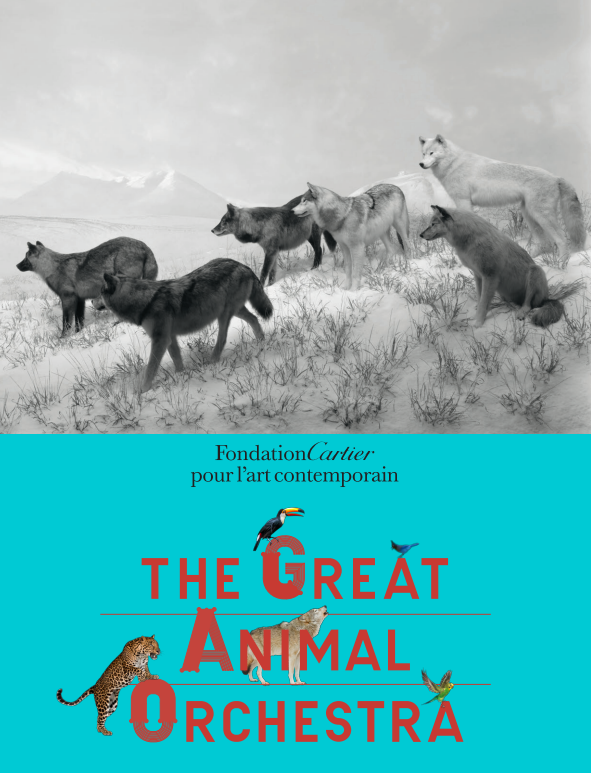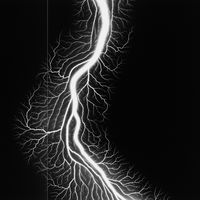Paris | The Great Animal Orchestra

- a drawing of 18 meters in length specifically created for the exhibition by Chinese artist Cai Guo-Qiang. This work displays wild animals of different species gathered around a watering hole in a moment of peace and extreme vulnerability. Cai GuoQiang executed this drawing using gunpowder, a material he uses with an unrivalled expertise and dexterity. On large sheets of paper, an outline was first of all drawn using black gunpowder before being set alight. The traces of burn marks and smoke compose the sought-after motif: a landscape populated by animals.
- With the image created by Cai Guo-Qiang, evocative of the cave paintings from prehistoric times, the exhibition associates the striking yet rather strange photographs of Japanese artist Manabu Miyazaki. These are taken using a kind of robotic “camera trap,” and done so with great ingenuity and unparalleled sensitivity. Exhibited for the first time outside of Japan, these images allow the viewer to see wild animals sharing the same environment and pathways as their human counterparts. Manabu Miyazaki’s photographs also reveal the mysterious dreamlike beauty of the flight of birds through the forest. The artist describes his approach in the following words: “My camera traps are like trees observing the animals. The watchful eye of the tree becomes my camera.”
- The English collective United Visual Artists (UVA) provides a visual translation of Bernie Krause’s soundscapes. A remarkable three-dimensional electronic installation, especially commissioned for the exhibition, transposes data from Krause’s recordings into light particles, thereby highlighting the beauty of the sound environments presented, as well as the complexity of their animal vocalizations.
- a stunning “aviary video” of multicolored images is under the solemn and contemplative surveillance of the dioramas of animals photographed in black and white by Japanese artist, Hiroshi Sugimoto.
- explore one of the most overlooked dimensions of the animal kingdom: the infinitesimal beauty of the ocean with the installation Plankton, A Drifting World at the Origin of Life. Made from photographs by Christian Sardet, a director of research at the CNRS and one of the initiators of the Tara Oceans Project, this installation is based upon a device invented by videographer and artist Shiro Takatani, and accompanied by music written by Japanese composer Ryuichi Sakamoto. Invisible to the human eye, the micro-organisms that form plankton are found in all oceans. They represent the majority of the marine biomass on the planet and are the source of life on earth.
- In the garden of the Fondation Cartier, an installation created by Agnès Varda, Le Tombeau de Zgougou (Collection Fondation Cartier pour l’art contemporain) is the recreation of a temple that is dedicated to the spirit of all pets, in memory of the artist’s beloved and much lamented cat, Zgougou.
Similar content
from - to
23 Nov 2013 - 11 May 2014
from - to
14 Feb 2015 - 21 Jun 2015
from - to
05 Dec 2013 - 23 Mar 2014
deadline
31 Aug 2020
posted on
19 Nov 2012
deadline
30 Apr 2015






